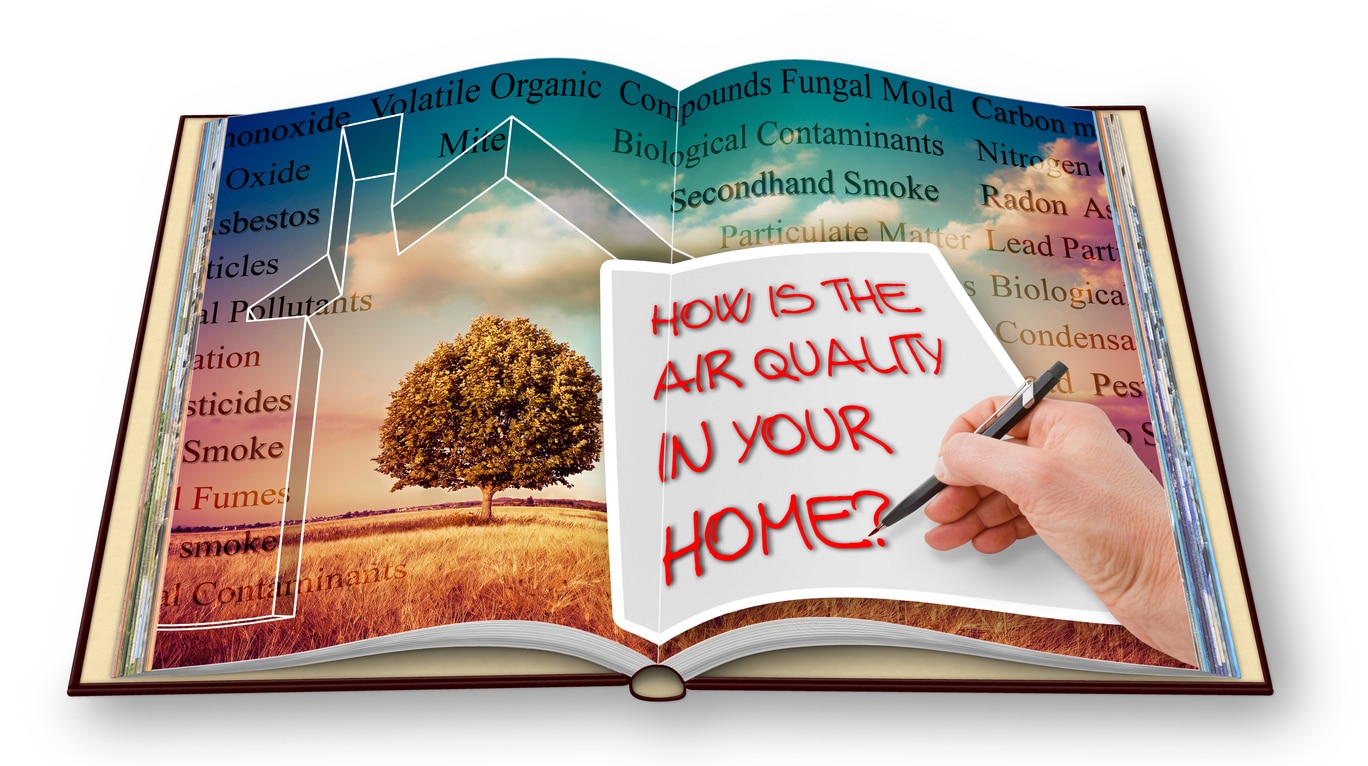
6 Factors Driving An Increased Concentration of Indoor Air Pollutants
When you bake cookies or light a scented candle, you breathe in the aromatics and probably think nothing of it. However, just because your indoor air smells sweet doesn’t mean it’s clean. Many owners fall into a sense of false security when unaware of the indoor air pollutants in their homes. Unfortunately, the concentration of those contaminants just keeps growing and growing.
Are Air Pollutants Really Increasing Indoors?
Yes, air contaminants are increasing indoors. The concentration of air pollutants is two to five times higher indoors than outdoors. People need to be vigilant when inside a building, whether for work or leisure.
Indoor air pollutants can be troubling as toxic gases are invisible to the naked eye. It can be difficult to pinpoint whether there’s a high level of contaminants. You’d need to utilize indoor air quality testing sensors or methods to accurately measure it.
The best way to mitigate indoor air pollutants is to identify the factors generating them. By discovering these factors, adapting and making a space safer for its occupants can be easier.
Why You’re Dealing With Indoor Air Pollutants
The reason behind higher concentrations of indoor air pollutants comes in various forms. Some factors will require replacements, while others will need a change of attitude.
1. Faulty Air Circulation
Indoor air pollutants usually circulate through your ventilation system and are then forced outside the building. However, some HVAC systems cannot complete this process. In fact, your HVAC could be spewing more dust and other pollutants. This comes as a result of age or damage.
Repairing your HVAC system is key. If it’s beyond hope, it might be due for a replacement. When you get the new unit, schedule air filter changes and maintenance checks. This way, you can keep your vents and ducts functional.
2. Dirty Carpets and Furniture
If your indoor air pollutants aren’t lingering in the air, your rugs and furniture could be harboring them. This can compromise people’s lungs without them knowing. Plus, there’s evidence poor indoor air quality reduces people’s cognitive abilities and performance.
Get a carpet cleaner to remove all the pollutants in it. With your furniture, be sure to dust its nooks and crannies. Wipe them down for good measure. Do this weekly to remove the dust and germs staying on the surface.
3. Animal Pests
Ever felt terrible about shooing away all the bugs from your home? You’re doing yourself a favor, as they can reduce your indoor air quality. They tend to bring a lot of aerial viruses from the outside into a building, so they aren’t ideal.
Even if it’s just one seemingly harmless creature, usher them outdoors. Consider using essential oils, if you’re seeking a pacifist way of getting the pests out. These fragrances can repel certain insects while making your house smell great.
4. Chemical Scented Products
Speaking of making your house smell great, beware of air fresheners and similar scented products. Some variants might claim to kill your indoor air pollutants when they really don’t. Many air fresheners release over 100 toxic chemicals, further downgrading your air quality.
If you’re looking for ways to spice up the fragrance of your home, consider getting or making organic alternatives. Natural room sprays provide great scents without polluting your home. Just remember less is more when using them.
5. Increased Humidity
Mold and mildew are common enemies of indoor air quality born from increased humidity. Picture turning on the AC while it’s hot outside or opening the heater when it’s cold. The contrast makes the building damp, which can develop indoor air pollutants.
Climate change and drastic temperature shifts are becoming more prominent. As a result, humidity becomes an even more challenging issue. Homeowners can battle this factor by investing in green insulation solutions or using a dehumidifier.
6. Outdoor Vapors
The concentration of pollutants is higher indoors than outdoors, but there is a correlation between them. Different vapors from outdoor pollution can penetrate indoor environments without you knowing.
For instance, smoke from your cookstoves can harm your indoor air. However, secondhand cigarette smoke and wildfire fumes with formaldehyde and lead can also find its way into your property. While you can keep your doors and windows closed, this particular factor takes more of a collective effort.
Be More Vigilant of Indoor Air Pollutants
Increased indoor air pollutants are worrying, but it is possible to take action. Gaining awareness of the issue is the first step. The second step is to take the initiative and take care of the causes behind indoor air pollution.



Post a comment